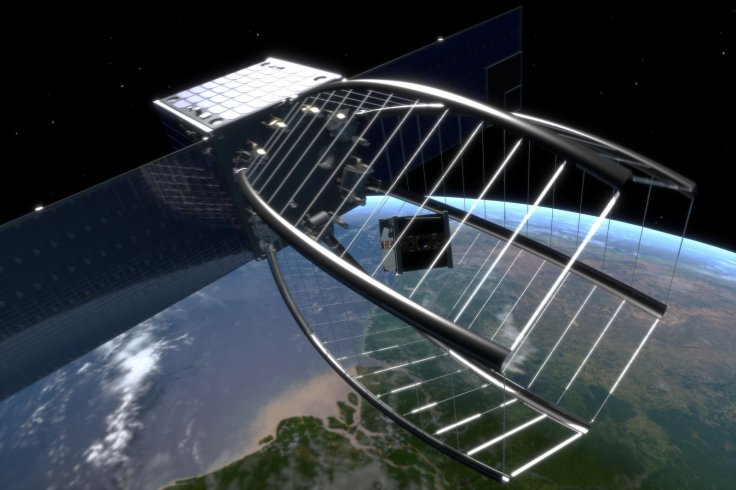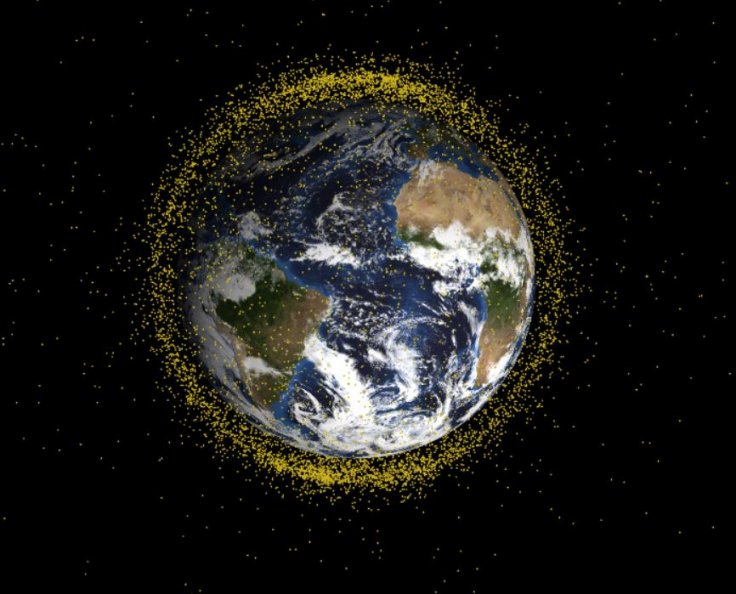The next-generation space race is on and it's not just the U.S. and Russia that are competing to put humans on the Moon or Mars. China, India, Japan, Europe and even private agencies are now all major players in putting satellites in orbit and sending spacecraft to the Earth's satellite and even Mars.
But over half a century of space research has already culminated in huge debris that orbits the Earth, creating a major hazard for future space missions. The space junks can essentially knock an expensive satellite out of orbit or destroy them.
Hence, clearing the debris is a necessity that all space agencies have to address sooner than later. That's the reason, the European Space Agency (ESA) has penned a deal with ClearSpace SA that will see the company clear space junk with giant pincers. As part of the €86-million contract ($102.5 million), ClearSpace will launch its mission in 2025 to clear the junk.

"The biggest contributor to the current space debris problem is explosions in orbit, caused by leftover energy — fuel and batteries — onboard spacecraft and rockets. Despite measures being in place for years to prevent this, we see no decline in the number of such events," Head of ESA's Space Safety Program Holger Krag said in a statement last month.
ClearSpace-1
The first mission named ClearSpace-1 will be brief and experimental. ClearSpace-1 will be equipped with pincers that will allow it to capture a Vespa payload adapter that was left behind in the orbit during a 2013 mission. It weighs 112 kilograms and about the size of a satellite. It circles Earth at 801x664 kilometer gradual disposal orbit. Eventually, it will be able to capture various debris including upper-stage rockets, expired satellites and so on.
The start-up that was established in 2018 won a tender from the ESA's Active Debris Removal/In-Orbit Servicing (ADRIOS) project last year competing with 12 other candidates. Now that it has received partial funding from ESA, ClearSpace will be raising the rest of the mission cost from commercial investors, reported ZDNet.
"NASA and ESA studies show that the only way to stabilize the orbital environment is to actively remove large debris items," the ESA said. With ClearSpace-1 mission, the agency hopes to begin a journey towards decluttering space.
"This new mission, implemented by an ESA project team, will allow us to demonstrate these technologies, achieving a world first in the process," it added.

Similar Projects
However, ClearSpace isn't the only company looking to clear the debris in orbit. Several other companies including IBM are looking to launch similar missions to clear around 23,000 actively tracked debris from orbit. According to ESA's estimates, in the last 60 years, humans have created around 42,000 space junks from over 5,500 missions. Those in orbit collide and break apart, creating more junk. Since 2000, modern-day satellites are developed considering the risks of creating more debris.
While removing space junk is still in the theoretical stage, it has gained momentum of late. Last month, technology giant IBM disclosed a plan to track the space debris. The open-source venture was developed jointly by IBM and Dr Moriba Jah of the University of Texas Austin that would predict space objects' orbit and lifetime. Apart from that, many other companies such as Raytheon and Astroscale are also developing solutions to mitigate the problem.
Raytheon's Space Debris Elimination (SpaDE) system will deorbit the junks by harnessing the atmospheric energy. The SpaDE will direct the bursts of upper atmospheric gasses to alter the debris trajectory. Astroscale, which won a contract with Japan's Aerospace Exploration Agency (JAXA), will also concentrate on removing space debris through a two-step process. The first will be to actively remove junks while the other one is to develop a satellite with a ferromagnetic docking plate. It will see the satellite at its end-of-life dock with the plate and reach a rendezvous point.








